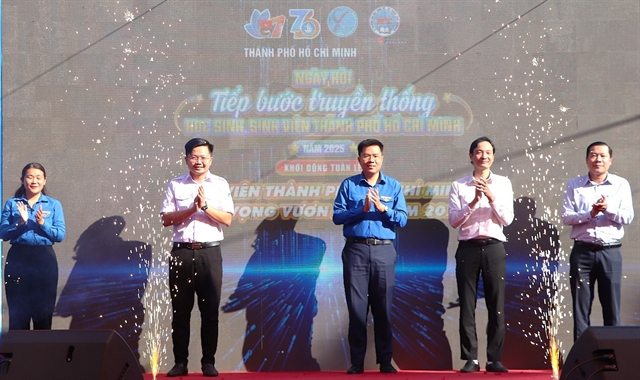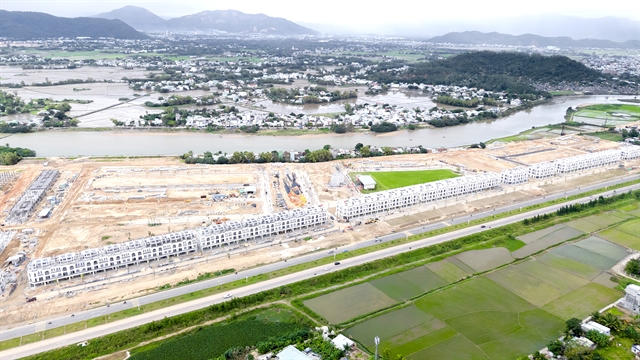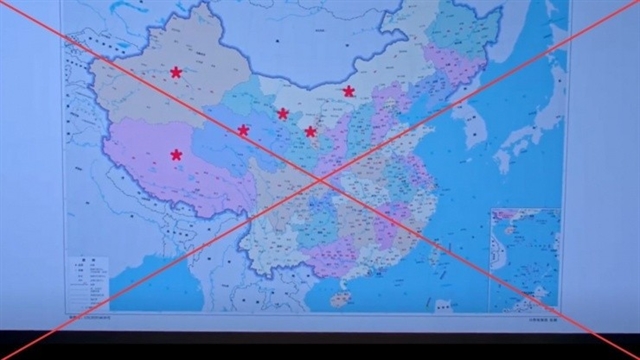 Economy
Economy

 |
| Quy Nhơn’s real estate market is drawing growing interest, particularly in the low-rise segment with clear legal status. — Photo courtesy of Hà Phương |
HCM CITY — The real estate market in the central coastal province of Bình Định, particularly in Quy Nhơn City, is drawing increasing attention from investors, most notably from Hà Nội and HCM City.
A recent report by property listing platform batdongsan.com.vn highlights Quy Nhơn as a “wave-front” real estate market, signifying its emerging status as a prime destination for early-stage property investment.
Bình Định Province currently focuses on five key pillars of economic growth: high-tech industry, tourism, processing industry, port services and logistics, and urban economic development. The province’s urbanisation rate has steadily increased, reaching approximately 46 per cent in 2024. Notably, the tourism sector has experienced robust growth, welcoming over 9 million domestic visitors in 2024, an increase of 83 per cent compared to the previous year.
Public investment disbursement has also been accelerating, significantly boosting the province’s transport infrastructure. This includes five major national highways, with National Highway 19 serving as a crucial corridor linking the province and the Central Highlands to the sea via Quy Nhơn Port. Additionally, Phù Cát Airport is undergoing upgrades, with capacity expected to reach 5 million passengers annually by 2030.
With its natural advantages, and abundant land reserves, Quy Nhơn's residential real estate market is expected to grow strongly, particularly in its northern part. Continued investment in transportation and modern urban planning will be key drivers of the market’s long-term growth.
The platform’s data shows that 24 per cent of interest in Quy Nhơn real estate comes from HCM City-based buyers, followed by 22 per cent from Bình Định locals and 16 per cent from Hà Nội, reflecting strong demand from the country’s two largest urban centres. Notably, 10 per cent of interested buyers are based overseas, emphasising Quy Nhơn’s growing international appeal.
Buyer interest and pricing trends vary across different real estate types, but prices have yet to rebound, staying at around VNĐ25 million (nearly US$970) per square metre on average, down nearly 14 per cent from early 2023. Some projects have experienced delayed handovers, raising concerns among both buyers and investors.
Townhouses and villas, meanwhile, continue to see significant price fluctuations and a lack of clear growth in demand, reflecting caution from investors.
Land plots, however, have emerged as the market’s most stable and attractive segment. Projects with completed infrastructure and clear legal documentation have experienced mild price increases, while those still under development have maintained stable prices or seen slight declines. This trend highlights that legally secure low-rise real estate remains the most attractive investment option in the province.
Another major factor enhancing Quy Nhơn’s investment appeal is its relatively low real estate prices compared to other coastal cities. The average land listing price stands at around VNĐ29 million per square metre, significantly lower than in many other coastal cities. As infrastructure and urbanisation progress, this suggests ample room for future price appreciation, according to the report.
Buyers, especially those interested in suburban land plots, are becoming increasingly selective. They prioritise transportation connectivity, legal transparency, long-term development potential, and proximity to amenities. This reflects a broader trend where buyers seek not only investment potential but also enhanced living quality and sustainable value of projects in the future.
Despite this momentum, Quy Nhơn still faces a shortage of integrated all-in-one urban areas—developments that combine residential units with lifestyle amenities such as schools, hospitals, shopping centres, and green spaces.
Only a few projects offer amenities such as An Phú Thịnh Urban Area, which features FPT University, and Quy Nhơn Iconic, which includes a mix of commercial, educational, and recreational facilities.
This presents a valuable opportunity for developers to develop modern, amenity-rich urban projects that blend harmoniously with nature and meet rising residential expectations. — VNS




